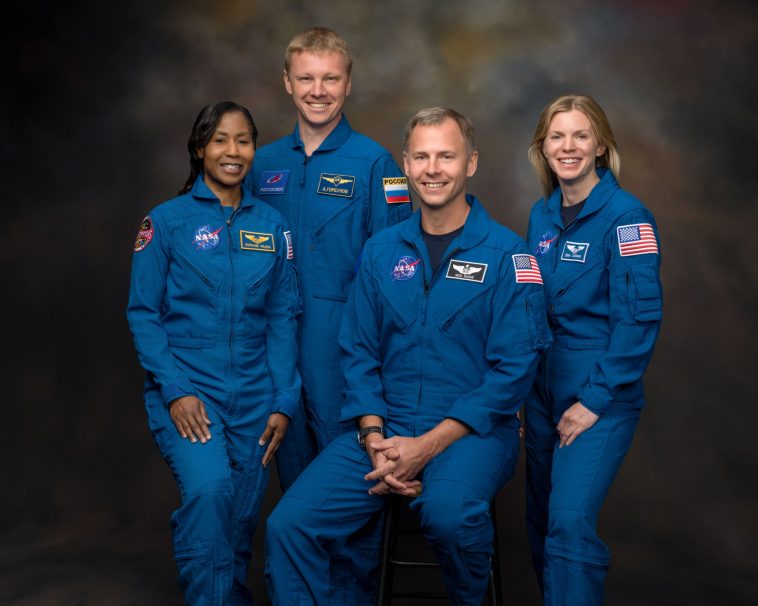Elon Musk’s SpaceX has been given an official assignment by President Donald Trump to spearhead the rescue mission of two NASA astronauts who have been aboard the International Space Station (ISS) since June 2024. Musk informed the world via a Tuesday tweet that the President had requested SpaceX to engineer the safe return of the astronauts who have been left in space for too long. Musk attributes this unfortunate prolonged stay to the Biden administration’s oversight. This significant task shall be executed as soon as feasible, he further emphasized on the social platform.
The same night, Trump further confirmed this development via a post on Truth Social, stating that his administration will rectify this overlooked mistake made during President Joe Biden’s tenure. He highlighted the unfortunate circumstance of these brave astronauts who have been virtually abandoned in space for several months due to the Biden Administration’s oversight. Elon Musk, he announced, is on his way to change the dire situation. The president concluded his post wishing the SpaceX pioneer good luck on this mission.
Contrary to the recent uproar, the news of NASA astronauts, Barry ‘Butch’ Wilmore and Sunita Williams, scheduled to return to Earth aboard SpaceX’s Crew-9 flight, isn’t new. It was initially revealed by former NASA Administrator Bill Nelson, a Biden-era appointee, who made the official announcement in August, 2024. Nelson, who led the federal space agency from May 2021 to January this year, affirmed that this return mission was slated for February 2025.
The astronauts, however, embarked originally on a quite different trajectory. When they boarded the Starliner spacecraft, designed by Boeing in collaboration with NASA, for the ISS in June 2024, they anticipated the standard weeklong space journey. Unforeseen complications with the Starliner turned this intended brief sojourn into an extenuated eight-month residency above Earth.
The twists and turns of this extraterrestrial journey were documented in The Morning Dispatch’s exploration of the Starliner’s and its crew’s plight. A smoothly executed launch and flight for the astronauts were marred when their docking efforts at the ISS were derailed by malfunctioning thrust systems.
The Starliner’s crucial Reaction Control System (RCS), a series of 28 thrusters that allow the craft to steer in orbit, didn’t function as expected. As the team attempted docking at the ISS, five of these thrusters underperformed, causing significant docking delays. With skilled adjustments despite the unexpected hitch, the crew succeeded in docking the Starliner to the ISS.
Potential issues with these critical thrusters, however, didn’t spell absolute disaster for the mission. The four main engines of the Starliner – all in working condition – could theoretically ferry the astronauts home on their own power. Yet NASA protocol demands comprehensive confidence in the thruster systems’ effectiveness, ensuring the craft can remain on a stable trajectory throughout reentry and landing.
Consequently, the space organization held off on the astronauts’ return time to conduct further system tests. As NASA’s commercial crew program manager, Steven Stich, stated: an interim period was crucial both for finalizing critical ISS operations and verifying their readiness for their return journey aboard the Starliner.
Despite the technical hiccups, Stich expressed optimism in a later press conference that the astronauts would eventually return aboard the Starliner. However, as the saying goes, time is all it takes for fortunes to change, and as days turned into weeks, confidence in the Starliner’s ability to securely ferry the astronauts faded.
The shifting landscape prompted NASA to ultimately favor a more cautious approach. On August 24, a fresh announcement came from the space agency, emphasizing the need for avoiding any unnecessary risk for the crew. They unveiled a new plan where the malfunctioning Starliner, while still deemed capable, would land back on Earth without any crew onboard.
Instead, the astronauts would be brought back on SpaceX’s Crew-9 flight, scheduled for February 2025. Stating that Starliner was a capable spacecraft, but the decision was about demanding a higher level of certainty for crewed returns, he went ahead with the plan.
The Starliner made its solo journey back to Earth in mid-September. Two weeks later, SpaceX’s Crew-9 took flight with its four-seater Dragon spacecraft, leaving two seats vacant for the stranded astronauts.
The Crew-9 mission to ISS wasn’t a direct reactive measure to Starliner’s malfunction. The flight plan was initially drawn up for an August 2024 launch and was then delayed by a month. It also reduced its nominal crew size to accommodate the return of Wilmore and Williams.
The plan for the safe return mission aboard SpaceX’s Dragon was announced during the Biden administration and the vessel made its arrival at the ISS under Biden’s presidency. Nevertheless, the Trump administration will see the mission through to its completion.


